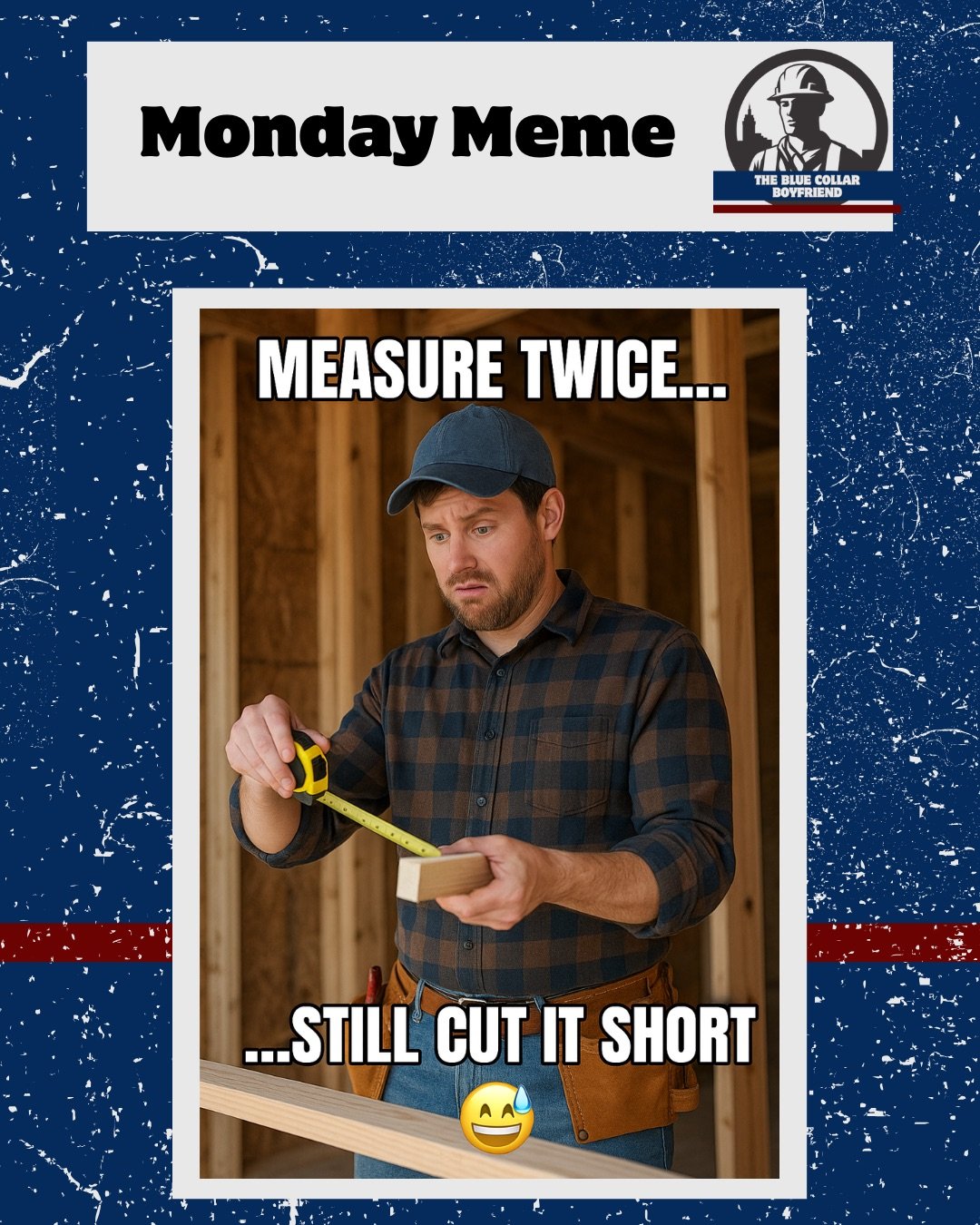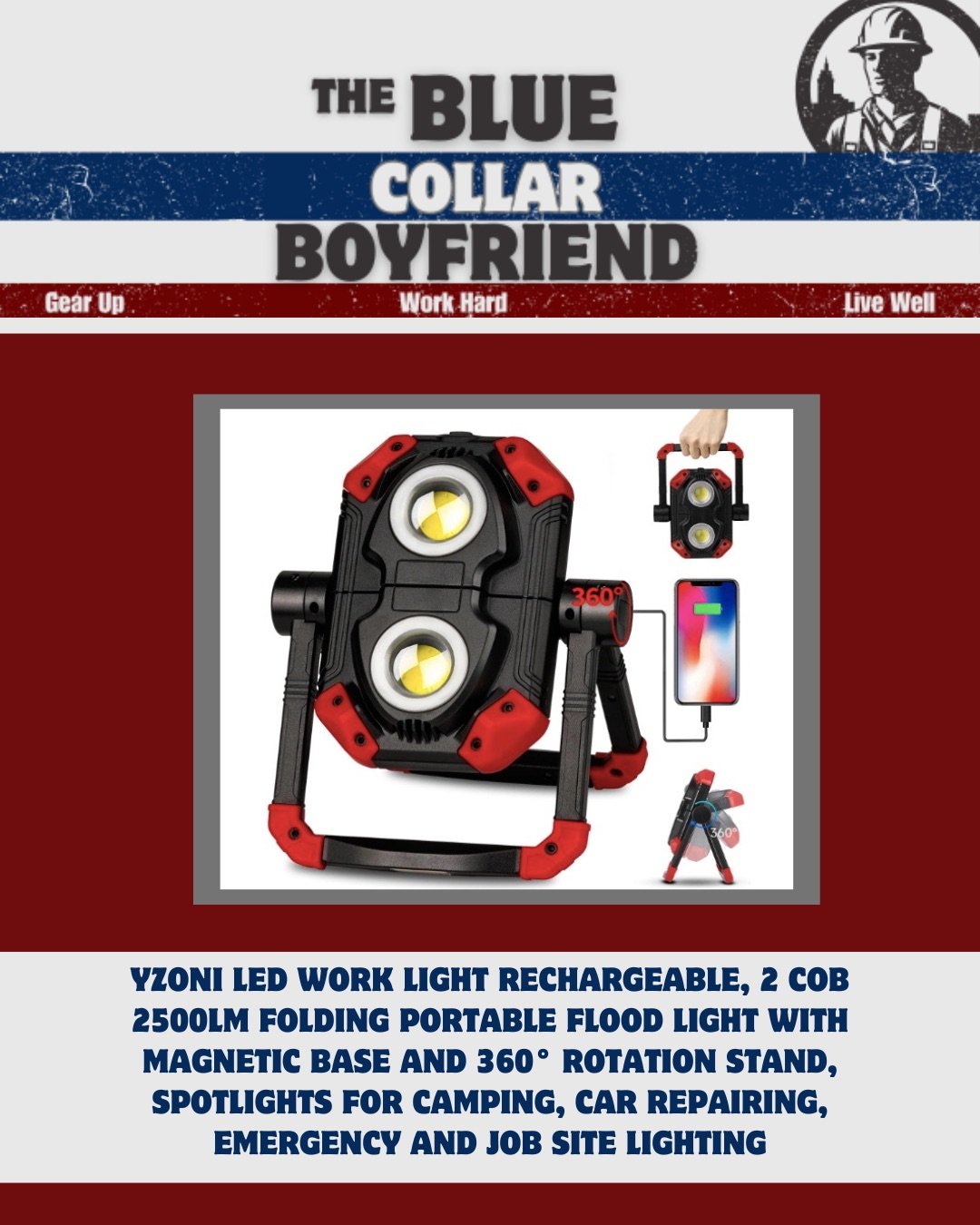
Measure Twice, Cut Once: The Carpenter’s Golden Rule
Why This Rule Matters
In carpentry, precision is everything. One wrong measurement can mean wasted material, extra time fixing mistakes, or even a project that just doesn’t fit right. Taking the time to double-check measurements might seem like a small step, but it saves headaches down the road.
It’s About Respect for Your Craft
Measuring twice isn’t just about accuracy — it’s about pride. It shows you respect the materials you’re working with, the client’s investment, and your own time and skill. Good carpenters know that rushing can lead to costly errors, so patience and care go hand in hand with hard work.
Lessons Beyond the Workshop
This old carpentry rule is great advice for life, too. Whether you’re planning a project, making decisions at work, or handling everyday challenges, taking a moment to double-check and think things through can make all the difference.
A Nod to Every Carpenter Out There
So next time you hear “measure twice, cut once,” remember it’s not just about tools and tape measures. It’s about mastering your craft, working smart, and doing your best work every time.
To all the carpenters and DIY warriors — keep measuring, keep building, and keep inspiring!

Milwaukee Inkzall Point Marker: Precision Meets Durability
✍️ Key Features
Fine Point Tip: Ideal for detailed markings on various surfaces.
Clog-Resistant Design: Ensures consistent ink flow, even on dusty or oily surfaces.
Quick-Drying Ink: Reduces smearing and enhances visibility.
Versatile Application: Suitable for concrete, wood, metal, and more.
Hard Hat Clip: Keeps the marker within easy reach at all times.
🧰 Why It Stands Out
The Milwaukee Inkzall Point Marker is designed with the tradesperson in mind. Its fine point allows for precise markings, crucial for tasks that require accuracy. The clog-resistant feature ensures that the marker performs consistently, even in less-than-ideal conditions. Whether you're working with concrete, wood, or metal, this marker provides clear, durable markings that stand up to the rigors of the job site.
✅ Final Thoughts
For professionals who demand reliability and precision, the Milwaukee Inkzall Point Marker is an essential tool. Its combination of fine-point accuracy, durability, and thoughtful design makes it a standout choice for anyone in the trades.

Illuminate Your Work: Yzoni LED Work Light Review
💡 Key Features
Dual COB LED Output: Equipped with two COB (Chip-on-Board) LEDs, this work light delivers a powerful 2500 lumens of brightness, ensuring your workspace is well-lit.
360° Rotating Stand: The adjustable stand allows you to direct light precisely where you need it, making tasks more efficient.
Magnetic Base: The strong magnet enables hands-free operation by attaching the light to metal surfaces, ideal for under-the-hood work or metal structures.
Rechargeable Battery: Say goodbye to disposable batteries. The built-in rechargeable battery ensures long-lasting use, saving you money in the long run.
Waterproof Design: Rated for outdoor use, this light can withstand various weather conditions, making it perfect for job sites or camping trips.
🛠️ Ideal Applications
Mechanics: Illuminate engine bays for detailed repairs.
Electricians: Light up dark corners during installations.
DIY Projects: Perfect for home workshops and renovations.
Outdoor Activities: Great for camping, fishing, or emergency situations.
✅ Final Thoughts
The Yzoni LED Work Light combines durability, brightness, and versatility, making it a must-have for anyone in the trades or those who enjoy hands-on projects. Its features cater to both professional and personal needs, ensuring you're always prepared, day or night.

Climbing the Ladder: Careers in the Electrical Trade
When it comes to electrical careers, what starts as a spark can turn into a full-blown lightning strike — lighting the way from entry-level helper all the way up to master electrician or business owner. Whether you’re just starting out or looking to level up, the electrical trade offers a solid career path with plenty of room to grow, specialize, and lead.
Here’s a breakdown of the key steps along the ladder in the electrical trade — what each role entails and what it takes to get there.
🧰 1. Electrical Helper / Laborer
The first step for many is working as an electrical helper or laborer on job sites. This entry-level role requires no license but offers invaluable exposure to the tools, materials, and safety practices electricians rely on every day.
Who it’s for: Young workers, career changers, anyone looking to get their foot in the door
What you do: Assist licensed electricians, carry tools, prep job sites
Pro tip: “Show up on time, ask questions, carry wire — and keep learning while you earn.”
🛠️ 2. Electrical Apprentice
This is where the real training begins. Apprenticeships typically last 4 to 5 years, combining hands-on work with classroom instruction. Apprentices work under licensed journeymen or masters, logging thousands of hours before they can get their license.
What you learn: Electrical code, conduit bending, wiring, safety, troubleshooting
Why it matters: It’s your boot camp — the foundation for a lifelong career
Pro tip: “Stay safe, study hard, and soak up every bit of knowledge.”
🧑🔧 3. Journeyman Electrician
Once licensed, a journeyman electrician can work independently, run small jobs, and supervise helpers and apprentices. You can also specialize in residential, commercial, industrial, or low-voltage work — each with its own skill set and opportunities.
Pay range: $30–$50+ per hour depending on location and specialty
What you do: Lead projects, troubleshoot, mentor younger workers
Pro tip: “You’re no longer learning — you’re leading. And you’re just getting started.”
🎓 4. Master Electrician
Achieving master electrician status takes years of experience plus passing a rigorous state exam. Masters have the authority to pull permits, design complex systems, and train the next generation. Many become mentors, instructors, or even start their own contracting business.
What it means: Trusted with the blueprint, the budget, and the crew
Pro tip: “Mastery means leadership both on the tools and behind the scenes.”
👷 5. Jobsite Leadership Path
For electricians who want to lead on the ground:
Foreman: Runs a single crew on site
General Foreman: Oversees multiple crews or sites
Superintendent: Manages entire field operations for a project
These roles balance boots-on-the-ground know-how with coordination and management skills — keeping projects on time and budget.Pro tip: “You still wear boots, but now you carry a laptop too.”
💼 6. Office & Business Side
Not all electricians stay in the field — many move into office roles that shape entire projects or companies:
Project Manager: Handles budgets, schedules, and job progress
Estimator: Prepares bids and material takeoffs
Branch Manager / Division Lead: Oversees large geographic or service areas
Electrical Contractor / Business Owner: Runs the company, hires crews, bids jobs, and grows the business
Pro tip: “You built your skills, now you’re building a legacy.”
🔧 Specialty Roles Along the Way
The electrical trade also offers exciting specialized careers, including:
Low Voltage Technician / Systems Integrator
Instrumentation & Controls Electrician
Solar PV Installer
High Voltage Lineworker
Electrical Inspector
Safety Director
These roles often require additional training or certifications but can open doors to unique industries and higher pay.
Ready to Spark Your Career?
Electrical work isn’t just a job — it’s a craft, a challenge, and a path full of opportunities. Whether you want to get your hands dirty on the jobsite or manage projects from the office, there’s a place for you in the electrical trade.
At The Blue Collar Boyfriend, we celebrate every hardworking electrician climbing that ladder — lighting up their career and their community.
Thinking about starting or growing your career in the trades? Drop a comment or reach out — we’re here to help!

We’ve all Been There
We’ve all been there.
The alarm blares early, the coffee’s brewing, and you’re staring down the barrel of a full workweek ahead. But somehow, your brain’s still stuck in weekend mode — and your body? Well, it’s not quite ready to jump back on the grind.
Cue the classic Monday mood:
Imagine a construction worker, hard hat tilted just a little too low, eyes half-closed, leaning on a tool with that unmistakable “I’m-not-ready” look. That’s Monday for so many tradesmen and women — and honestly, it’s kinda comforting knowing you’re not alone in feeling this way.
Why Mondays Hit Harder for Blue Collar Workers
Unlike office jobs where you might roll out of bed and log into a Zoom call in your pajamas, the trades demand early mornings, physical stamina, and mental toughness right out of the gate. Whether you’re swinging a hammer, wiring a panel, or welding steel, Mondays mean:
Early starts before the sun is even up
Heavy lifting and long hours
Planning for a week full of challenges (and unexpected curveballs)
It’s not just about showing up — it’s about showing up ready to work, and some Mondays, that just feels impossible.
The Honest Truth: It’s Okay Not to Be Ready
If your first thought on Monday morning is “Ugh, not today,” you’re human. The important thing is that you push through — with respect for your craft and yourself.
Here’s a little secret from The Blue Collar Boyfriend: The most seasoned pros still have Mondays where they drag their feet. What sets them apart is their commitment to finish strong, no matter how slow they start.
How to Beat the Monday Slump on the Jobsite
So, how do you flip that “not ready” vibe into “mission-ready” mode? Here are a few quick tips for tradespeople starting their week:
Prep the Night Before: Lay out your gear, pack your lunch, and get your tools ready so Monday morning isn’t a scramble.
Fuel Up Right: A solid breakfast and coffee can do wonders for your focus and energy.
Set a Small Goal: Even if it’s just nailing one task first thing, achieving something early can build momentum.
Lean on Your Crew: Talk to your coworkers, share a laugh, and remember you’re all in this together.
Take Your Breaks: Rest is part of the job—use your downtime to recharge so you can finish the day strong.
We’ve Got Your Back, Monday to Friday
At The Blue Collar Boyfriend, we know Mondays aren’t just a calendar day — they’re a state of mind. Whether you’re a seasoned journeyman or just starting out, we see you. And we’re here with gear, advice, and a little humor to help you tackle the week with grit and heart.
So, next time you catch yourself looking like that “not ready” construction worker meme, just remember: you’re not alone. Take a deep breath, grab your coffee, and let’s get to work.
Keep grinding, keep shining. The Blue Collar Boyfriend’s got your back every step of the way.

🪚 Carpenters – Trade Profile & Service Breakdown
:
🪚 Carpenters – Trade Profile & Service Breakdown
Carpenters are the backbone of the building trades—quite literally. These skilled professionals work with wood, engineered materials, and composites to create, install, and repair everything from structural frames to intricate finish details. Whether you're building a house from the ground up or adding custom built-ins to a cozy home office, a carpenter makes it happen with precision and craftsmanship.
In this profile, we break down the major service categories within the carpentry trade and highlight what makes this line of work one of the most essential—and diverse—in construction and remodeling.
1. Framing & Structural Work
The first thing most people associate with carpentry is framing—and for good reason. This is where the skeleton of a building is constructed.
Residential and commercial framing
Wall, roof, and floor systems
Decks, porches, and gazebos
Concrete formwork for foundations and slabs
Carpenters in this area need to have a rock-solid understanding of structural integrity, load-bearing walls, and blueprint reading.
2. Interior Finishing
Once the bones of the building are up, finish carpenters step in to give it polish and personality.
Trim installation: baseboards, crown molding, wainscoting
Doors and windows: framing, installation, repair
Cabinet installation and custom builds
Closet systems and built-in storage
This phase is where attention to detail and precision become everything. A great finish carpenter can transform a room with just a few well-cut boards.
3. Exterior Carpentry
Curb appeal and exterior durability start with the hands of a carpenter.
Siding installation (wood, composite, cement board)
Soffit and fascia work
Exterior doors and window framing
Fencing, gates, pergolas, and outdoor features
Working outdoors means dealing with the elements, so these pros need to know which materials last and how to install them correctly.
4. Remodeling & Renovations
The best remodels happen when a carpenter is on the job. Whether it's bringing new life to an old space or expanding the square footage, their expertise is key.
Kitchen and bathroom remodels
Wall alterations and drywall framing
Attic, garage, or basement conversions
Flooring installation: hardwood, laminate, engineered
Remodeling work also means working in occupied homes, which takes a good attitude, clean work habits, and smart planning.
5. Finish Carpentry & Custom Woodwork
When homeowners want something unique, they call on finish carpenters and woodworkers who specialize in high-detail craftsmanship.
Custom shelving, bookcases, and fireplace mantels
Handrails and staircases
Ornamental woodwork and trims
Millwork installation and customization
This is where creativity meets expertise—and where carpenters often find the most pride in their work.
6. Commercial Carpentry
Beyond residential work, many carpenters build out commercial spaces that must be both functional and up to code.
Office or retail buildouts
Acoustic ceiling systems
Partition wall systems
Storefront framing and finishes
These jobs often move fast and require coordination with electricians, plumbers, and HVAC crews—so communication and flexibility are key.
7. Specialized Carpentry Niches
Some carpenters follow their passion into specialized, often artistic or historical fields.
Historic restoration
Boatbuilding and marine carpentry
Theatrical set construction
Exhibit/display carpentry for museums and trade shows
These niches require mastery, patience, and sometimes a touch of theatrical flair.
🧰 Tools & Materials of the Trade
Carpenters are only as good as the tools they wield. Here's a peek inside the toolbelt:
Common Tools:
Circular saws, miter saws, table saws
Nail guns, drills, routers
Levels, squares, tape measures, chalk lines
Materials Used:
Dimensional lumber, plywood, MDF
Hardwood flooring, trim, composite panels
Fasteners, adhesives, and specialty hardware
🎓 Training & Entry into the Trade
Becoming a carpenter typically involves a 3–4 year apprenticeship, but many also enter the trade through:
Vocational or technical school programs
Union apprenticeships or contractor mentorships
On-the-job training with local contractors
Carpenters must read blueprints, understand building codes, and know the strengths and weaknesses of the materials they work with.
💵 Average Pay & Career Outlook
The national average wage for a carpenter ranges from $25–30/hour, but specialists in finish carpentry, cabinetry, or custom work can earn significantly more—especially in high-demand urban areas or as independent contractors.
📈 Future Outlook
The job outlook is solid, especially with growing interest in:
Home remodeling
Green building practices
Custom and small-batch construction
Carpenters who continue learning and expanding their skill sets—especially in cabinetry, remodeling, or sustainable materials—stay in high demand.
🧠 Final Cut
Carpenters shape the spaces we live, work, and gather in. They combine strength with skill, calculation with creativity. Whether they’re raising walls or refining trim, these tradespeople make construction personal—and beautiful.
If you’re a carpenter or love someone who is, we see you—and we’re building a community that celebrates what you do, one board at a time.

Have you ever traveled for a job?
Have You Ever Traveled for a Job? Here’s What We Want to Know!
As blue-collar workers, sometimes the job takes us farther from home than we ever expected. Whether it’s a big project in a neighboring state or a longer-term gig that requires being on the road for weeks or even months, there’s a whole lifestyle to being a traveling tradesperson. And we wanna hear all about it!
So, let’s talk travel — jobsite style. How far have you traveled for work? 🛠️ What’s the longest job you’ve taken away from home? Whether you’ve stayed in a comfy hotel room, booked an AirBnB, or even pulled a camper to make your jobsite mobile, we want to know how you roll when you're out there on the job. 🌍
What’s Your Jobsite Travel Story?
Think about the last time you packed up your tools and hit the road for work. Did you find yourself halfway across the country, or just down the street in a neighboring town?
There’s something special about traveling for a job, especially when you meet new people, face different challenges, and get to experience different places. But let’s face it — being away from home for an extended period of time is no cakewalk! You’ve gotta make sure you’re comfortable and prepared for the road.
Some of us are hotel life folks — kicking back in a cozy room at the end of a long day. Others prefer the flexibility and freedom of an AirBnB, where you can cook your own meals and feel a bit more at home. And then, there’s the true road warriors who roll up in their campers, creating a mobile home base wherever they go. 🚐
What’s Your Setup?
Everyone’s gotta find their travel style! We wanna know:
Where do you stay when you’re traveling for work?
Are you all about that hotel life? Or do you prefer to stay in an AirBnB or even rent a house?
Or, are you a camper enthusiast, hauling your home with you to the jobsite?
Drop your answers in the comments below, and we’ve got a special gift just for you! 🎁
We’re excited to hear about your experiences, the challenges you’ve faced on the road, and the creative ways you’ve made a traveling jobsite work for you. Whether you’re on a quick trip or working away for a few months, we’re all about supporting our blue-collar community and learning from each other.
Ready to Share Your Story?
If you’ve ever worked away from home and have a travel tale to tell, we want to hear it. The best part? Anyone who answers this question in the comments below will receive a special gift from us as a thank you for sharing your road warrior story! 🎉
Let’s get the conversation going! Drop a comment below with your travel experiences, and don’t forget to share this post with your fellow tradespeople who’ve been on the road.
